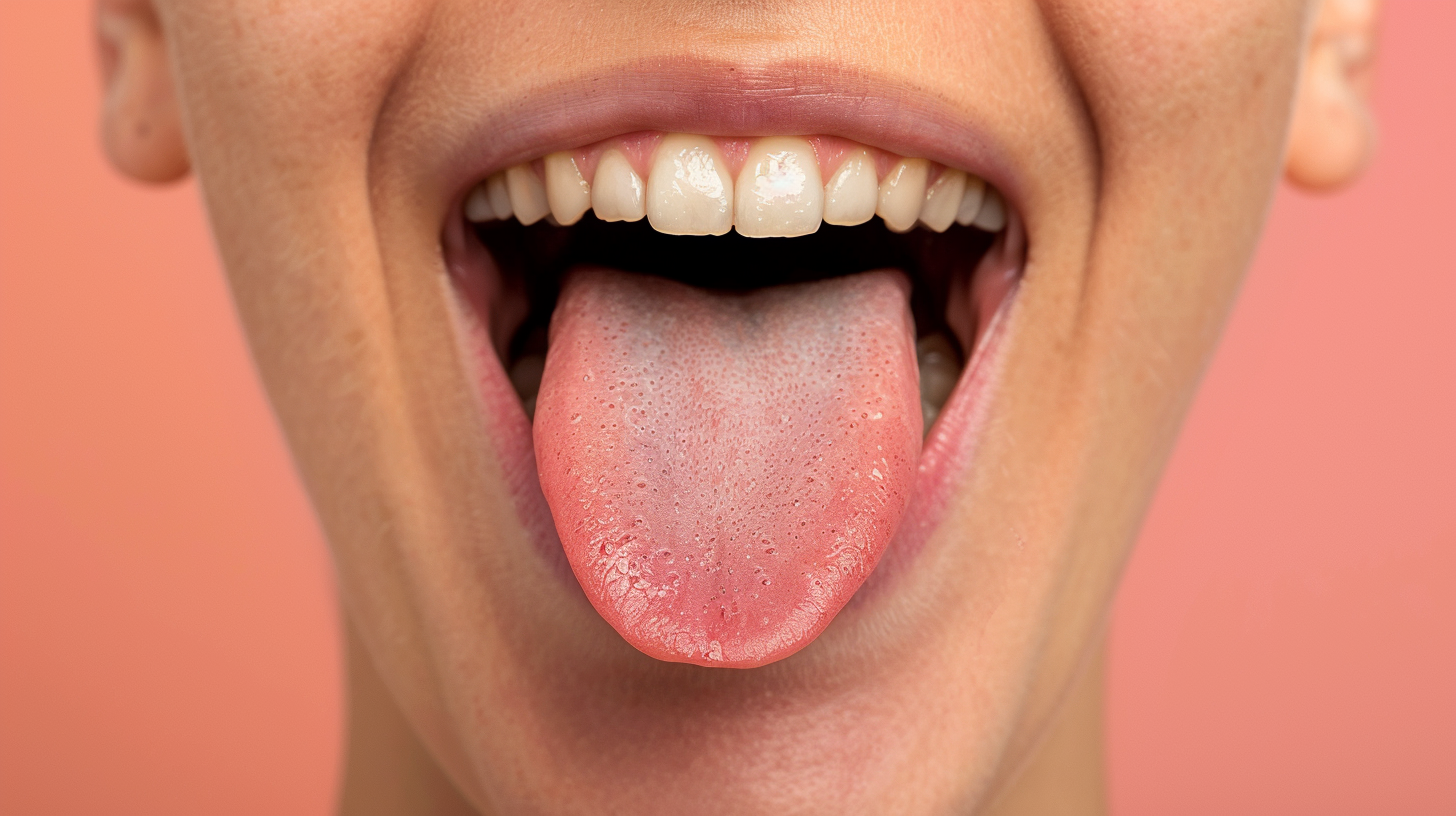Introduction: What If It’s Not Just ADHD?
ADHD is a widely diagnosed condition—but at BreatheWorks, we often ask: what if some of the symptoms are rooted in posture and breathing dysfunction? Over the years, we’ve worked with both children and adults who were misdiagnosed—or underdiagnosed—because the physical contributors to attention and regulation were overlooked.
Posture affects oxygen delivery, nervous system tone, and executive functioning—and dysfunction in any of these areas can mimic or exacerbate ADHD symptoms.
How Posture and Airway Impact Attention
When posture collapses and breathing is disrupted:
- Oxygenation of the brain decreases
- Heart rate variability drops (reducing stress resilience)
- Mouth breathing dries the brain’s fuel line—the nose
- Diaphragm disengagement limits parasympathetic activity
- Body tension increases, reducing focus and increasing fidgeting
This results in:
- Poor sustained attention
- Impulsivity and distractibility
- Emotional dysregulation
- Restlessness and chronic fatigue
- Increased need for external stimulation to stay alert
Real-World Case: A 10-Year-Old Diagnosed with ADHD, Still Struggling
A 10-year-old boy came to BreatheWorks after limited progress with traditional ADHD interventions. His parents noted poor sleep, emotional ups and downs, and difficulty focusing even after starting medication.
We assessed:
- Forward head posture and collapsed chest
- Chronic mouth breathing, both day and night
- Restless sleep and frequent sighing
- Tongue resting low in the mouth and visible during speech
Our therapy plan included:
- Myofunctional therapy to promote nasal breathing and tongue posture
- Postural alignment work for seated learning and play
- Breathing coordination and vagal tone activation
- Collaboration with his pediatrician and psychologist for integrated care
Results within 8 weeks:
- Improved focus during school and therapy
- Better emotional regulation and fewer outbursts
- More consistent sleep with lips sealed at night
- Reduced need for redirection during tasks
ADHD Symptoms That May Actually Be Posture-Related
Especially in women and children, ADHD-like symptoms may stem from:
- Sleep-disordered breathing or upper airway resistance
- Unrecognized hypermobility or poor postural stability
- Mouth breathing and low oxygen saturation
- Chronic stress and lack of movement variation
- Poor vestibular and proprioceptive integration from body collapse
How BreatheWorks Supports Attention Through the Body
We approach ADHD support with a structural, sensory, and breathing-informed lens:
✅ Myofunctional therapy to restore nasal breathing and reduce arousal overload
✅ Postural therapy to support the spine, pelvis, and visual field
✅ Breathing re-training for calm alertness and executive functioning ✅ Collaboration with pediatricians, psychologists, and occupational therapists
✅ Parent coaching and positioning tips for school, homework, and play
This approach is especially powerful in ADHD symptoms in women, which often go undiagnosed or misinterpreted as anxiety or fatigue.
Signs Posture and Airway May Be Contributing to Attention Issues
- Frequent fidgeting or shifting positions during seated tasks
- Open-mouth posture while concentrating
- Daydreaming, fogginess, or chronic “boredom”
- Sleep that doesn’t feel restorative
- Difficulty regulating emotions, especially in transitions
- Poor handwriting, slouching, or collapsing at the desk
Key Takeaways
- ADHD symptoms may be worsened—or mimicked—by poor posture and airway dysfunction
- Addressing nasal breathing, spinal support, and movement patterns can improve focus
- Myofunctional and postural therapy offer a non-drug, integrative support model
- BreatheWorks helps both children and adults improve cognitive function through better body mechanics



